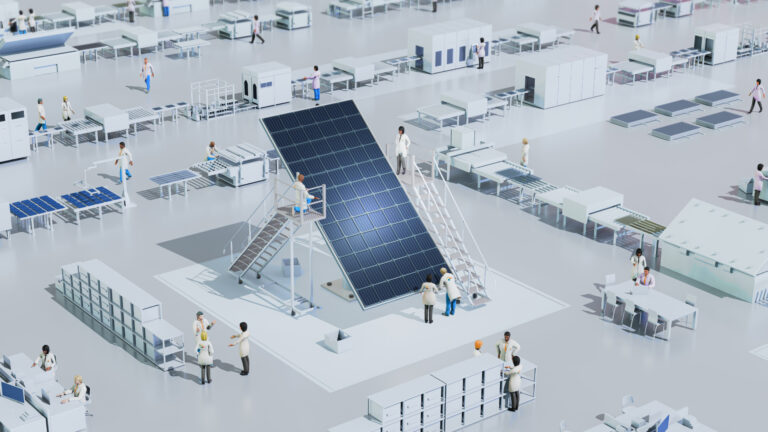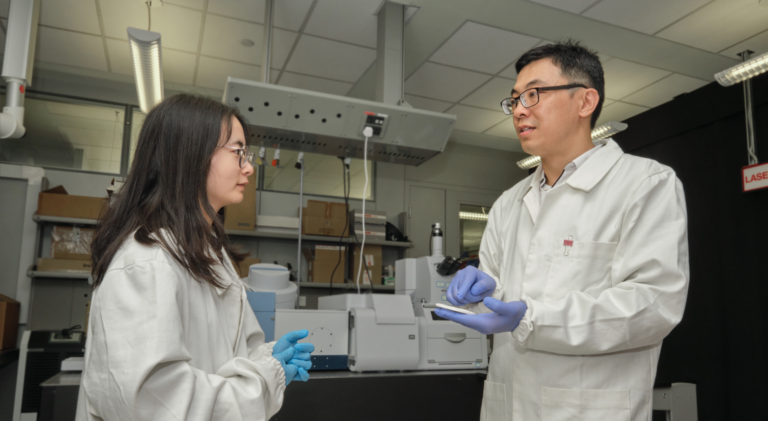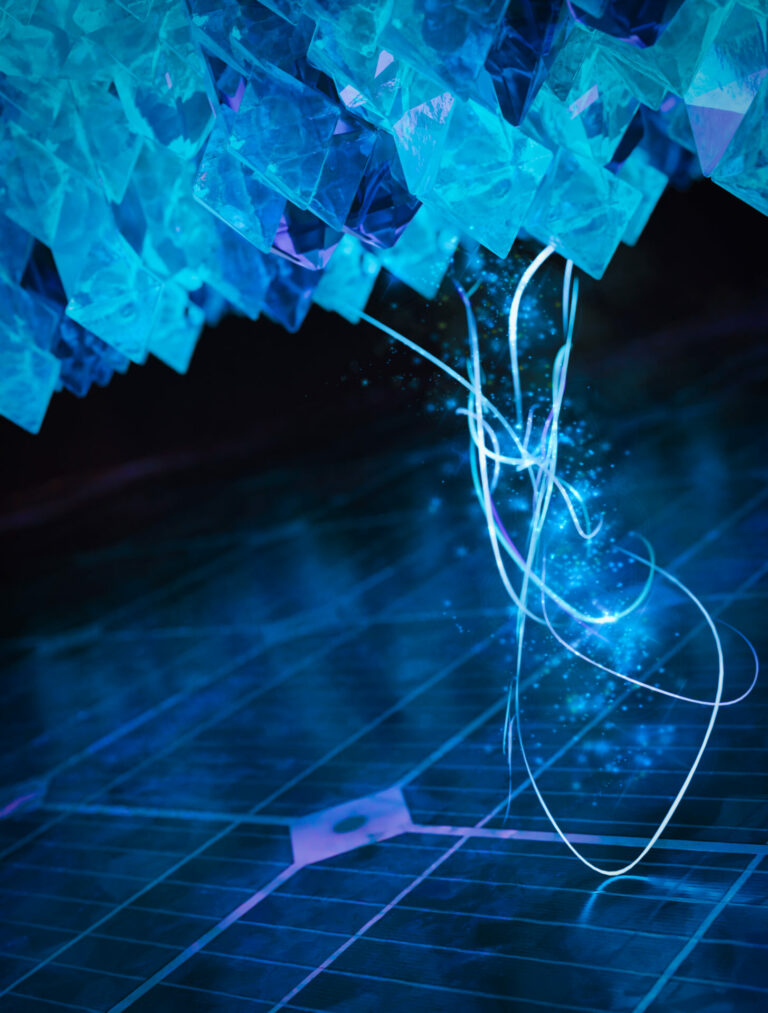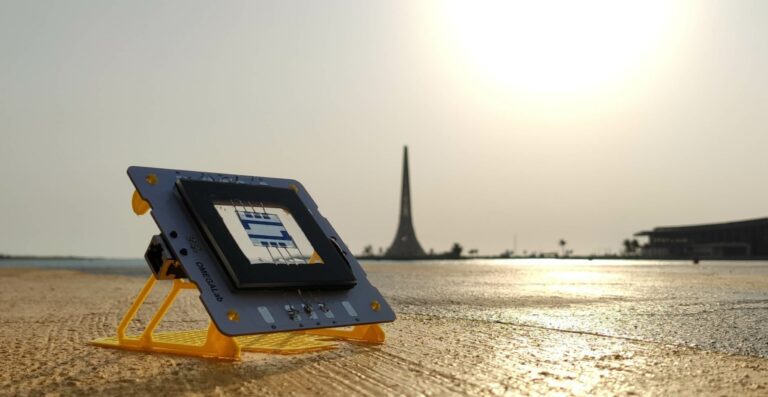Material Science and Engineering
Antivirals waiting to be discovered in coral reefs
The Red Sea may be a treasure chest of potential new drugs.


The sea sponge Stylissa carteri may have potential for antiviral compounds.
© 2016 KAUST
The Red Sea coral reefs have long attracted visitors from around the world, but what if a cure for deadly infectious diseases were also to be found in the teeming undersea ecosystems?
KAUST researchers may have taken the first step towards potential new treatments for HIV using compounds naturally produced by the sea sponge Stylissa carteri, also known as the “elephant ear” sponge.1
Their findings open a new discovery route in antiviral drugs by using naturally existing compounds that have been largely overlooked.
Professor Christian Voolstra from the Red Sea Research Center (RSRC) at KAUST said the coral reefs of the Red Sea are a potential treasure chest of treatments, teeming with organisms that have their own natural defense systems.
“Most drugs we have are bioactives discovered from a natural source, but in the 70s and 80s there was this idea that everything could be synthesized,” he said. “Now we are realizing we have to go back to these ecosystems because they developed these molecules over millions of years and they have stood the test of time.”
Voolstra says many of the molecules had already been identified as potential cancer treatments but were abandoned when they were not successful.
In their research, the KAUST team collected the elephant ear specimens from different coral reefs in the Red Sea. From these samples they characterized the antiviral mechanism for three compounds—ebromohymenialdisine (DBH), hymenialdisine (HD) and oroidin—that had already been identified, essentially taking them off the shelf for testing.
Both DBH and HD suppressed some viral replication but were toxic to cells. Oroidin, on the other hand, inhibited the reverse transcription of HIV by up to 90 percent with no toxic effect on other cells, providing a promising starting point for development as an effective treatment.
With more than an estimated 35.3 million people infected and living with HIV, alternative medications are in acute demand.
“Our results show that we need to screen a number of compounds to find the best starting materials and go with them,” Voolstra said.
Sponges are promising for investigation because they host significant levels of bacteria with great potential for these to be isolated and used for mass scale production.
“Sponge is essentially an ecosystem for bacteria, as it has many crevices and cavities that make it a perfect place for bacteria to thrive,” Voolstra said.
References
-
O’Rourke A., Kremb S., Bader T.M., Helfer M., Schmitt-Kopplin P. et al. Alkaloids from the sponge Stylissa carteri present prospective scaffolds for the inhibition of Human Immunodeficiency Virus 1 (HIV-1). Marine Drugs 14, 28-38.| article
You might also like

Electrical Engineering
A shade closer to more efficient organic photovoltaics

Material Science and Engineering
A tandem approach for better solar cells

Material Science and Engineering
High-temperature electrical memories for brain-inspired computation

Environmental Science and Engineering
A green polymer film offers climate-friendly cooling

Material Science and Engineering
Efficient coupling adds an extra level to photovoltaics

Electrical Engineering
Best thermal stability and efficiency in organic solar cells

Electrical Engineering
Seeking stability to support sustainable outdoor solar cells

Chemical Engineering



